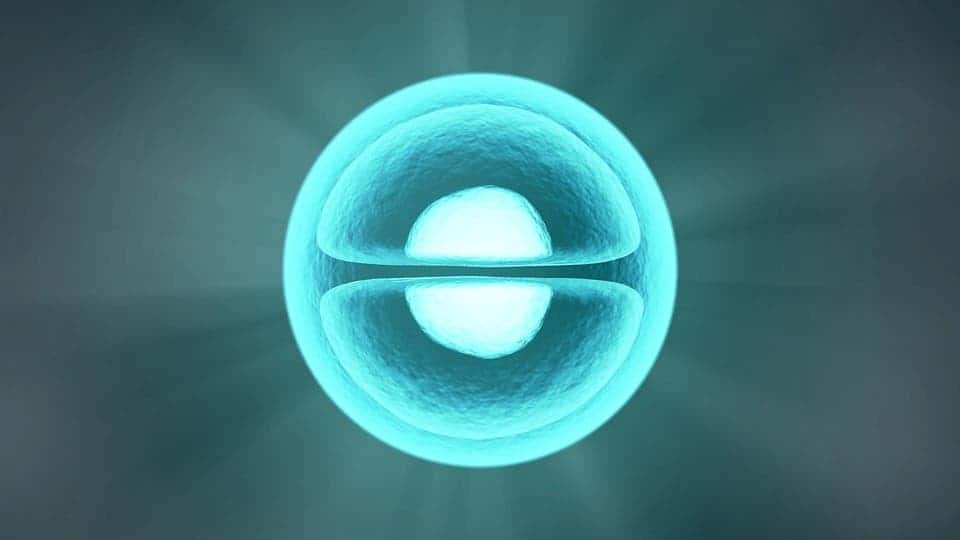
Between our self-awareness and the Internet, the power to wreck whole planets, opposable thumbs and all that jazz, we humans like to think of ourselves as the bee’s knees of life. All very impressive stuff, I’m sure everybody agrees, however, we’ve been quite favored. Perhaps the single biggest crutch our success rests upon is the sheer complexity and efficiency of our cells, all working together to keep us alive and smart enough to know that ‘cells’ are a thing. So what makes them so special, and are there any other kinds of cells wiggling around? Possibly making us sick?
The short answer is ‘the power of friendship’ and ‘yes’. Since that’s probably very confusing, let’s take a more in-depth look at the different types of cells out there.
The single most all-encompassing feature by which we classify cells is the way they order their internal structures, of which there are two overarching models: prokaryotic and eukaryotic. Both words are drawn from the ancient Greek root-word karyon, meaning ‘nut’ or ‘kernel’. The prefix pro, which means before, basically tells us that prokaryotes came ‘before kernels’ — because they sprang alife before the nucleus evolved. Their eukaryote counterparts, by contrast, are ‘true-kerneled’ organisms (the prefix eu means ‘true’), as they have nuclei.
Prokaryotes
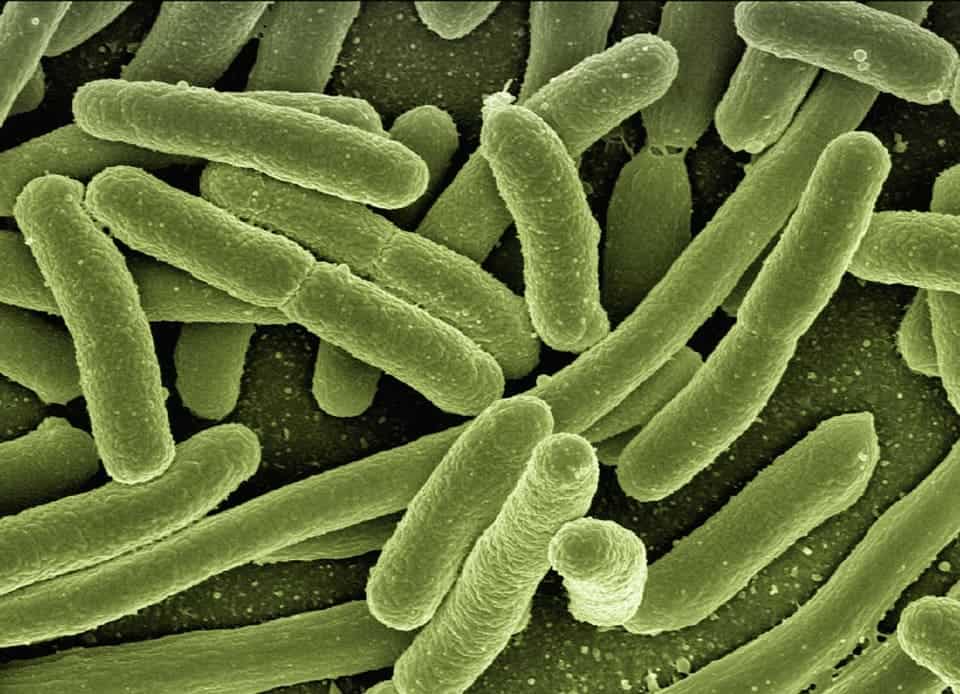
Image credits Gerd Altmann.
Out of the two groups, prokaryotes are the oldest and arguably boast the simplest internal layout. Their most distinctive feature is that the bits which keep them going, each and every water-soluble cog in their chemical mechanisms, are all mixed together in the internal cytoplasm. There’s no nucleus — their genophore (folded DNA) looks like a ball of yarn that floats about, alongside proteins and metabolic by-products. Some prokaryote strains also employ a second level of information storage, in the form of plasmids: tiny rings of ‘extra’ genetic information that the cell picked up during its life. Prokaryotes lack complex internal layouts but are known to exhibit structures that can be viewed as early precursors of organelles, and they use smaller versions of ribosomes (the machines that make proteins.)
Prokaryotes’ cellular walls also stand out from their eukaryote counterparts. Living largely as single-cell entities, prokaryotes need to invest much more in defenses — both from predators and dangerous environmental factors. Their ‘walls’ rely on peptidoglycan or murein, which are much tougher than their counterparts’ fat-built walls. The rigid structure of peptidoglycan is specific only to prokaryotes. These membranes need to be tough, to maintain the overall shape of the lonely cells, and protect them against mechanical stress or damage from osmotic pressures and lysis (death by membrane rupture).
Prokaryotes are almost exclusively unicellular organisms and are primarily divided into the domains Archaea and Bacteria.
Eukaryotes
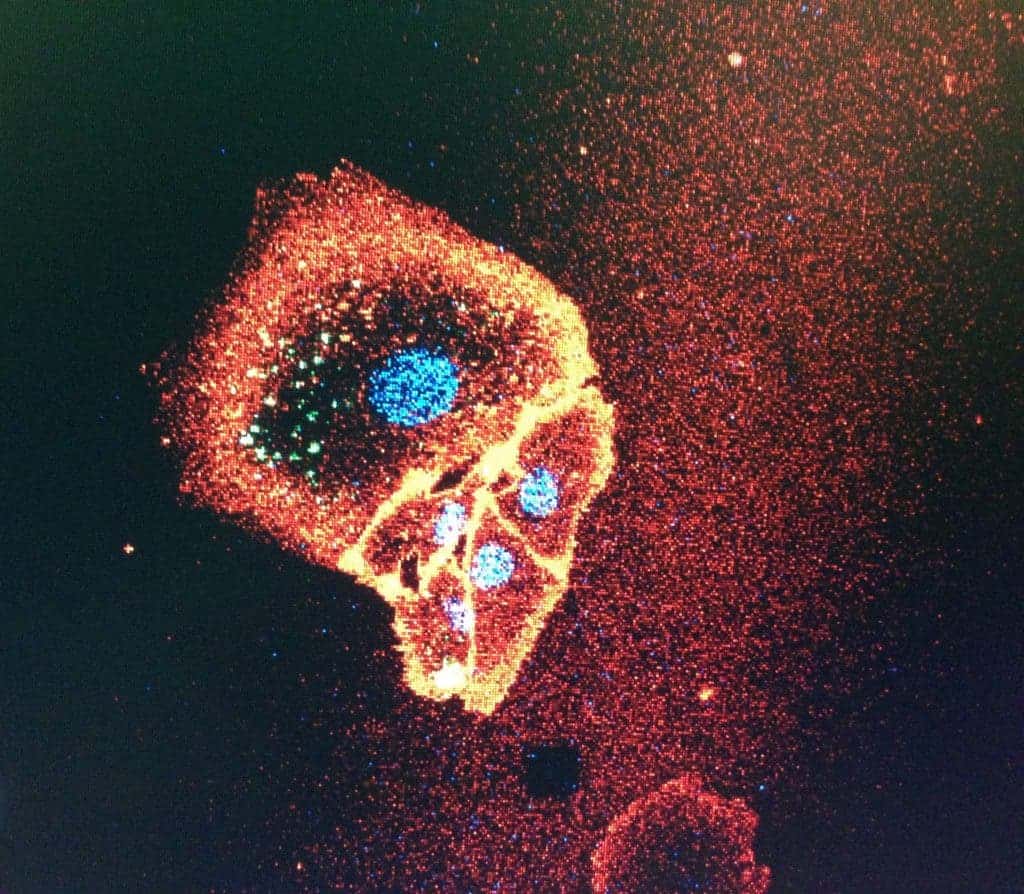
Image credits Marc Vidal / Wikimedia.
Eukaryotes are more refined systems. The most glaring difference from their kernel-less counterparts is that most substances inside the cell are neatly packed into their own ‘box’. Chromosomes (DNA) are safely packed away in a nucleus (which has its own membrane), bits like mitochondria toil merrily away (behind their own membranes), metabolic products are stored in vacuoles (yep, membranes), they even have a Golgi apparatus, a membrane-producing stack of membranes — basically a cell-sized packaging plant. Eukaryotes can live as single-celled organisms but do so far less often than prokaryotes. They do, however, form the overwhelming majority of true multicellular organisms.
One other striking difference between the two is that eukaryotes are massive compared to prokaryotes. Valonia ventricosa, a species of algae known as the Sailor’s Eyeball which relatively common in tropical and subtropical waters, can grow up to 5.1 centimeters (2.0 in) in diameter — but it’s a single multinucleate cell. It’s definitely an outstanding species, but it’s by no means alone — Gromia Sphaerica, genus Acetabularia, and Caulerpa Taxifolia are a few other cells that grow to immense sizes. The neurons in your brain can grow to one whole meter in length if you measure the axon — and they’re also eukaryotic cells.
Those are extreme cases, but even typical eukaryotes generally grow to about 10-100 µm (micrometers) in diameter, while prokaryotes reach about 1-2 by 1-4 µm. Because they’re so much bigger, keep everything compartmentalized (which helps improve chemical reaction speeds massively) and employ specialized organelles, eukaryotes can specialize and perform much more complex functions than prokaryotes.
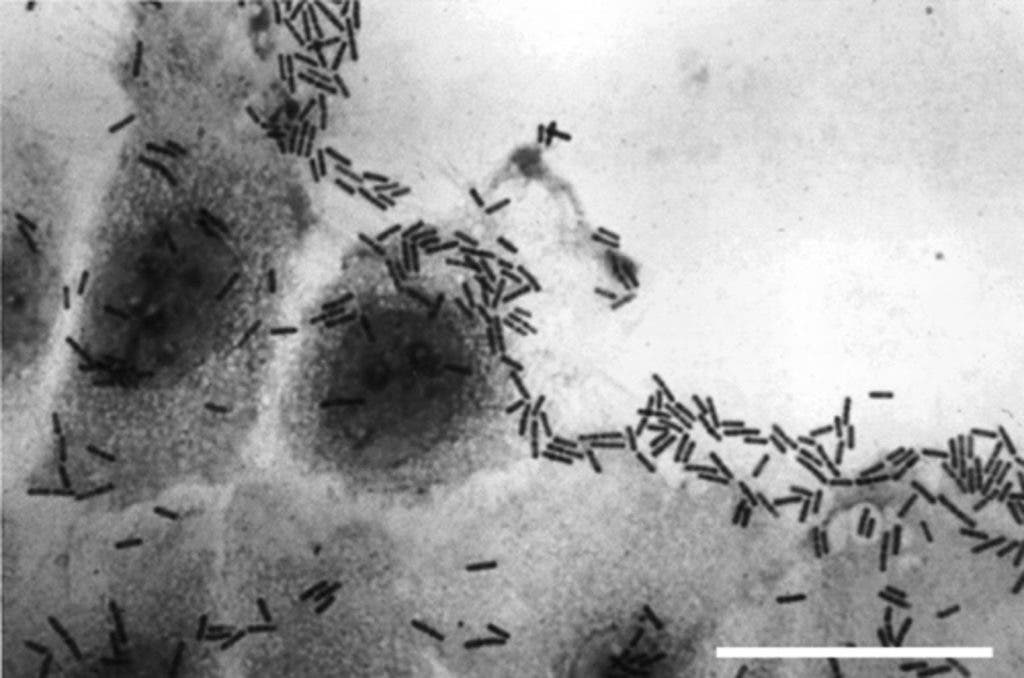
Image via Biophilia.
The sharp difference in complexity between prokaryotic and eukaryotic cells gave rise to a theory that the latter were formed, sometime in the distant past, by bunches of prokaryotes merging for mutual benefit. For example, mitochondria or chloroplasts likely once moved into another type of bacteria, pooling their resources and abilities to create a structured eukaryotic cell — the heaviest evidence in favor of this theory is that mitochondria still retain their own, inviolable DNA.
Such mergings could take place over and over again, as more prokaryotes joined up with already existing eukaryotes to form organized communities with a greater and greater complexity (and as such, greater and greater range of functions, which individual prokaryotes lack.)
Here’s an overview of the most important differences between the two types of cells:
| Feature | Prokaryote | Eukaryote |
|---|---|---|
| General size | 1-2µm by 1-4µm, or less. | 10-100µm in diameter. |
| Organization | Mostly unicellular. Some cyanobacteria may be multicellular. | Mostly multicellular. |
| Nucleus | Lack a true nucleus. Instead, they have a nucleoid. | True nucleus, nuclear membrane. |
| Genetic material | Generally have a single circular plasmid. No histones. | Multiple linear chromosomes with histones. |
| DNA folding | Around multiple proteins. Folded DNA is later supercoiled. | Around histones. |
| Gene expression | In groups called “operons. | Individually. |
| Division | Budding (binary fission). | Mitosis. |
| Genetic recombination (sexual reproduction) | Limited to one-way transfer of DNA. No meiosis. | Meiosis and fusion of gametes. |
| Nuclear wall permeability | No nuclear wall. | Selective permeability. |
| Cell skeleton | Absent, some exceptions. | Present. |
| Cell wall | Chemically complex, usually including peptidoglycan (for bacteria). | Chemically simple, usually includes cellulose or chitin. |
| Respiration | Often strictly anaerobic. | All aerobic, some also facultatively anaerobic. |
| Protein synthesis | Transcription and translation occur simultaneously. | Transcription in the nucleus, translation in the cytoplasm. |
| Metabolic pathways | Wide range of variation. | Glycolysis, electron transport chains, citric acid/Krebs cycle. |
| Chloroplasts | Absent. Chlorophyll scattered throughout the cytoplasm. | Present (in plants). |
| Can fix nitrogen? | Some, yes. | No. |
| Cellular cycle duration. | 20-60 minutes. | 12-24 hours. |
The simple but hardy
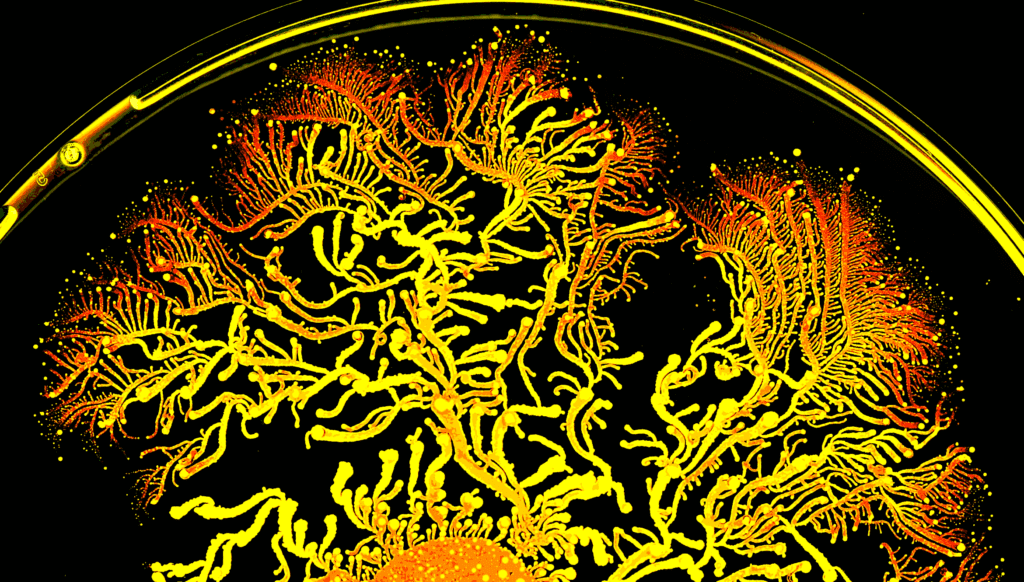
Image via Wikimedia.
At first glance, it’s easy to assume that ‘simple’ and ‘primitive’ equate to ‘limited’, which would put prokaryotes just one step shy of ‘inferior’. But nature rarely stands up to such simple reductions. This apparent simplicity did wonders for all life on Earth in the long run — every organism today owes its existence to the first, humble prokaryotes. Testament to the efficiency of their design is one simple fact: prokaryotes, to this day, remain the most abundant and most stubbornly ubiquitous form of life on planet Earth.
It is in part their apparent primitiveness that led to this success. Greater simplicity means prokaryotes can multiply much more quickly and cheaply than eukaryotes. With faster reproduction comes a much more rapid rate of mutation, allowing for faster adaptation to new environments and faster development of diverse metabolic pathways. This adaptiveness, in particular, is super-charged by prokaryotes’ use of plasmids, allowing them to share genetic data between populations just as easily as you’d swap USB memory sticks with a classmate.
Simpler structures and smaller bulks also mean that prokaryotes find it easier to make ends meet, and they can take much more abuse than the posh eukaryotes before breaking down. Taken together, these two qualities allow prokaryotes to thrive, seemingly in bliss, in conditions that would kill other organisms faster than they could say “superior lifeform” — such as pools of strong acid or thermal vents on the ocean’s floor. In fact, more than 100 species of bacteria were found living in the toxic, radiation-drenched environment of the Hanford Nuclear Reservation, a place so extreme it was considered deadly to any and all forms of life. These things are so tough that NASA is legitimately concerned rovers will contaminate fricking Mars with Earthborn bacteria.
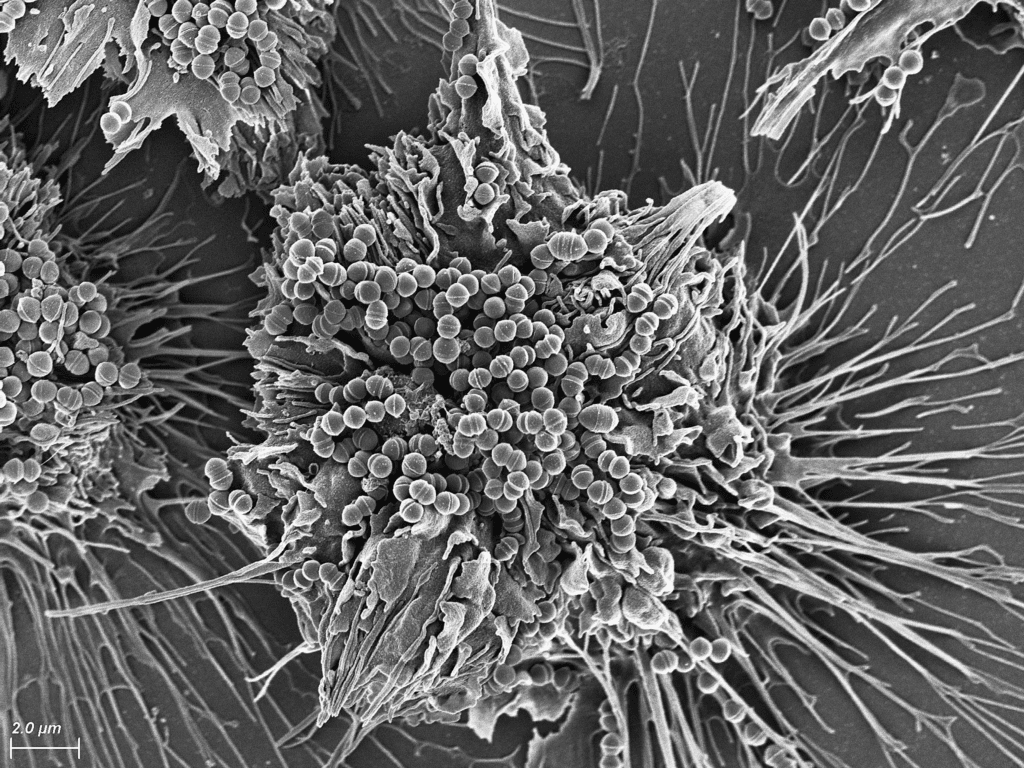
Image credits Vincent A. Fischetti / The Rockefeller University.
The absence of organelles doesn’t seem to gimp prokaryotes too much, either. Lacking chloroplasts, mitochondria, or vacuoles, they simply perform all the tasks they need straight in their cytoplasm, possibly with the single-cell equivalent of a yolo hashtag. Sure, their processes usually don’t unfold as efficiently as those of a eukaryote, but what they gain is versatility. Versatility which seems to have won the envy (if not the hearts and minds) of multicellular organisms the world over: a small number of prokaryote bacteria are the only known organisms capable of breaking down the tri-atom nitrogen gas molecule and synthesizing nitrogen compounds which are vital to all multicellular organisms. It’s not uncommon for such bacteria to be offered bed and board at the roots of plants just for the nitrogen compounds they produce.
And these tiny prokaryotes have had more impact on your life than all human technology. Without them, there would be no agriculture. There would be no plants, at least not as we know them. Even if humans somehow evolved in their absence, we’d starve to death; even more so because animals of all kinds (including us) rely on populations of symbiotic bacteria (not a few bacteria — more in number than your own cells) to digest everything our bodies can’t, won’t, or just don’t know how to. Though we’d probably just choke and die first, since single-cells jump-started today’s oxygen-rich atmosphere.
In other words, not content with colonizing literally everywhere they could physically reach, even underwater volcanoes or outer space, prokaryotes have colonized virtually all higher organisms as well and are actively keeping them alive.
But you know, we’re totally the top species around. Totally.
The bright but fragile
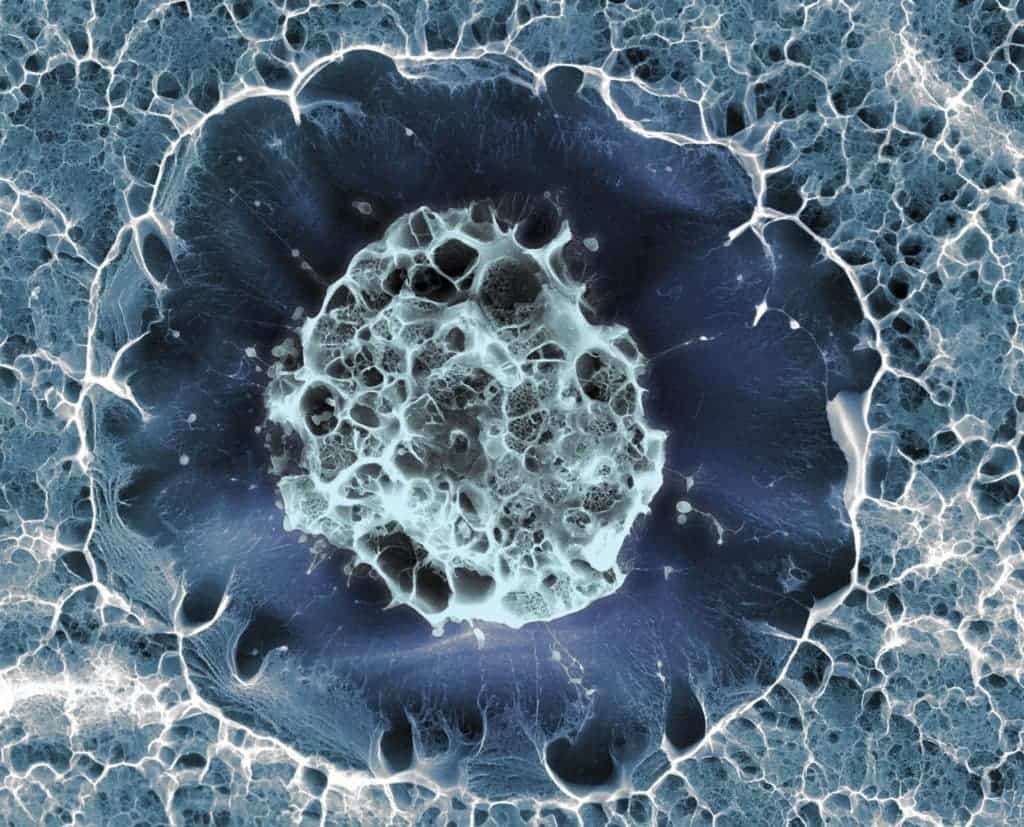
Image credits Sílvia A Ferreira, Cristina Lopo, Eileen Gentleman / King’s College London.
While the achievements of prokaryotes can hardly be overestimated — from forming the first inklings of life to cyanobacteria producing the modern atmosphere that keeps us alive — eukaryotes also have a lot to boast about. It was, after all, eukaryotes working together that split the atom and made it to the moon — something their simpler brethren never managed on their own, but seem to have no problem freeloading on.
The thing that sets them apart most is that of complexity, both in form and of function. Eukaryotes are without a doubt more complex mechanisms. The goings-on of their internal processes are neatly distributed throughout separate rooms, making the reactions much faster and more efficient since different compounds don’t get in each other’s way (at the level of a cell, chemicals aren’t imperceptibly tiny, they’re beams and cranes, engines and thick plates). For example, animal cells contain mitochondria, while plants contain chloroplasts, both of which can churn out energy on a level prokaryotes can only dream of.
Nowhere is this organization more relevant than in the case of DNA — behind the walls of their nucleus, eukaryotes’ genetic material is kept as safe as possible. Reading and copying of DNA are much faster here than in a prokaryote’s floating mess of a cytoplasm. The information can be better guarded against happenstance chemical or physical alterations (mutations) because of the safety the nucleus provides, and due to better folding and storing of data in the form of chromosomes. All this complexity also means eukaryotes carry much more genetic information. Your average prokaryote only sports about 0.001% of the genetic material in a eukaryote.
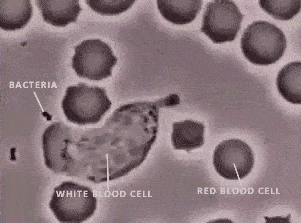
Eukaryotes are also simply better at getting around, as counterintuitive as that may be. It all, again, comes down to internal structures. Prokaryotes generally use protein flagella (wiggly tails) to move around, but they have poor control over where they’re actually going — they can go forward, or into a tumbling reverse spin. Despite living their life in comfort among their peers and not generally wandering about, eukaryotes possess internal filaments which serve to maintain their shape. These filaments can constrict to change the cell’s shape, allowing them to perform very complex movements with a high degree of control, both inside and outside of the cell.
Then there’s a final level of complexity. Eukaryotes work together to form organisms, whereas prokaryotes rarely do. If you’re not really sure why one is better than the other, well, even ‘being unsure’ is only possible because you’re a bunch of cells working together, and some of them are confused.
Working together also bred increasing specialization in eukaryotes. Sponges, some of the earliest multicell life out there, were basically a handful of eukaryotes all bunched together for safety in colonies where everyone did the same things. Everybody digested food, everyone pooped in the same place where they ate. Life’s classy like that. Over time, however, evolution has fashioned incredible systems out of these cells, from brains that can comprehend quantum physics to animals that weighed 65 tons.
All that is possible because of specialization: some cells get nutrients out of food, others tell everyone what to do, others keep everyone away from things that want to eat the lot. Arguably, this has also created eukaryotes’ greatest Achilles’ heel. In a sense, cells in multicell organisms are domesticated — they’ve grown to rely on each other to such an extent that they can’t survive alone any longer. They’re extremely efficient, but they need fine-tuned conditions to work in. They’re incredibly capable as a whole, and hopelessly out of their depth on their own.
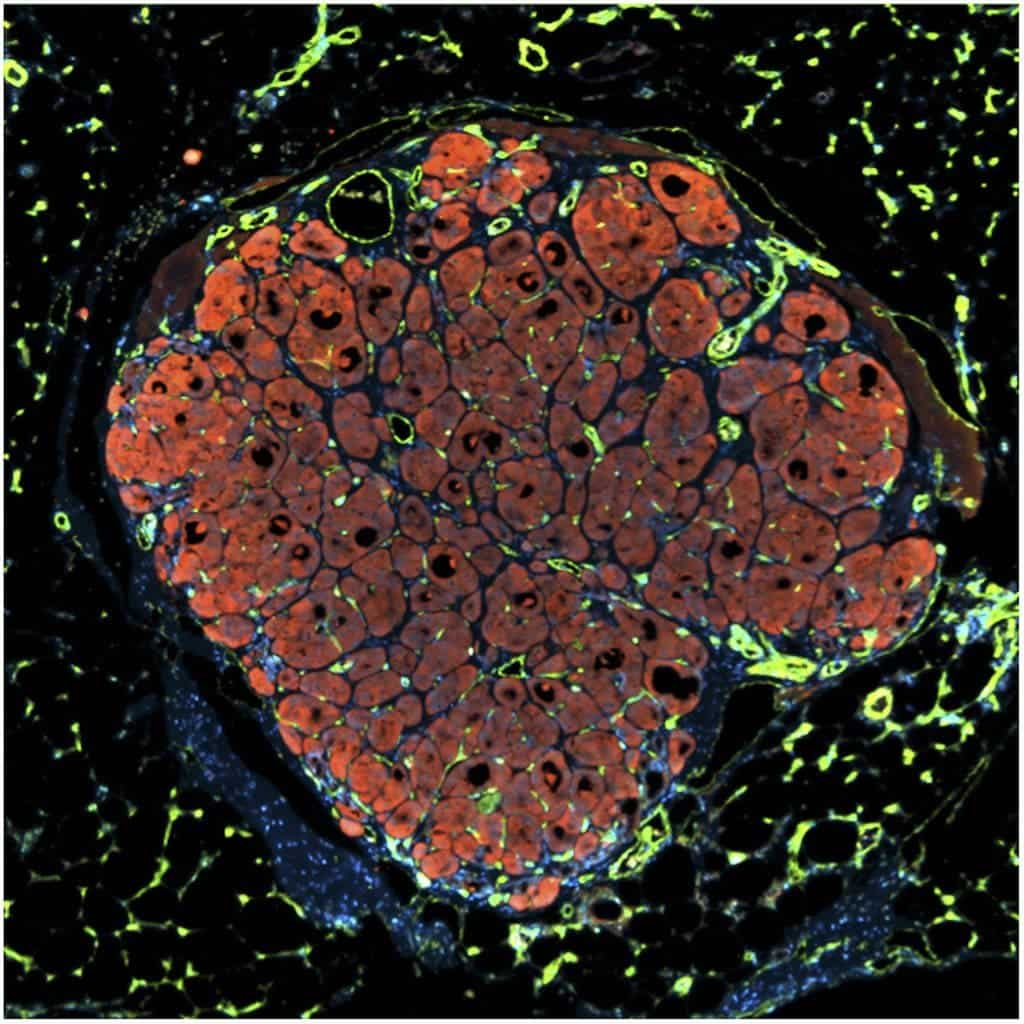
Image credits Chelsea Fortin, Kelly Stevens, and Sangeeta Bhatia / Koch Institute, © MIT.
It is largely because of this interdependence that prokaryotes are one of the biggest threats to eukaryotic life. Bacteria don’t want to ‘make you sick’, they just want to eat and make babies. Problem is, when they eat bits of you and make babies inside of you, this ruins all the soft, comfy conditions your eukaryotes need to live. And as we’ve seen, prokaryotes are the burly tanks of cellular life, while your eukaryotes are huge and brilliant, but kinda wimpy, squishy things.
But working together, eukaryotes have developed antibiotics to help tilt the battlefield in their favor (for a while). And working together, these cells have literally reached for the stars. Not bad for some wimpy, squishy things.
So what do you think? Will sophisticated cells working together prove to be evolution’s greatest achievement, or will the meek (prokaryote) finally inherit the Earth when we go the way of the dinosaurs? Let us know in the comments below.


